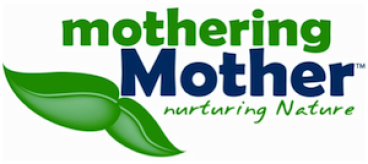| A Bagful of Benefits | |
| Buying bulk has traditionally been associated with stores like Costco, BJ's Wholesale Club, and Sam's Club; however, bulk is entirely different outside of 10 lb bags of marshmallows and towering packages of toilet paper. Found mostly in health food stores, buying bulk allows for consumers to portion out foods like flour, rice, beans, nuts, dried fruits, granola, oil, laundry detergent, maple syrup, nut butters and so much more into their own containers. Yes, their own containers! How? By bringing it with them to the store - their own bags, jars, bottles and plastic containers. The satisfaction of bulk buying increases and excess packaging is reduced or eliminated. Consumers are able to purchase the amount of food needed. As well, this is more efficient on the production side of things, as not as much energy goes into packaging. Furthermore, distributing a large box of product is much easier than distributing tons of tiny boxes; therefore, fewer fossil fuels go into the shipping. Here is another bonus - buying bulk is less expensive because the costs of packaging and shipping that are usually incorporated into individually packaged items are eliminated. That's one discount Mother Nature certainly embraces! The mothering Mother Sealed Bulk Bags come in mini, medium, and large sizes. Use the mini bags for herbs and spices, or for a quick and sustainable snack! Medium bags are great for grains, granola, or nuts, while the larger bags work well for stocking up or even for fresh baked goods. **Celebrate the switch to buying bulk by purchasing some dried chickpeas and trying your hand at this delicious homeade hummus!! | |
| Dancing to the Beat of a Different Drum | |
As a follow up to last month's feature article, the Transition Movement poses a realistic way for modern communities to do their part in decreasing their environmental impact. There are places, however, where instead of merely decreasing, the community's environmental impacts are eliminated. These self-sufficient ecovillages are popping up across the US. Dancing Rabbit Ecovillage, located in northeastern Missouri, is one of them. A work in progress, the community began in 1997 after 280 acres of hills were purchased by the local land trust. Thirteen years later, the community offers its residents social and economic needs while maintaining a sustainable lifestyle. There is an internal economy based off of bartering and their own form of currency. Each resident agrees to follow sustainability guidelines. Shelter, energy, and food are all provided on site using sustainable methods. Straw bales and cob construct the houses. Biodiesel, solar, and wind power the buildings and communal cars. And local, organic, primarily home-grown foods are consumed. Aside from being a home for the most avid Earth stewards, Dancing Rabbit strives to spread their message of social and environmental change through outreach and education programs. They offer tours and work exchange programs, allowing the main stream to explore their way of life. It is a reminder of how much the Earth has to offer and that we can live simply and happily. | |


No comments:
Post a Comment